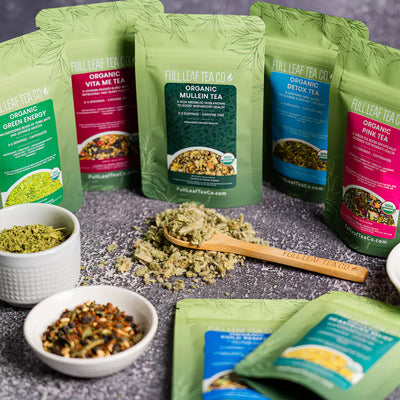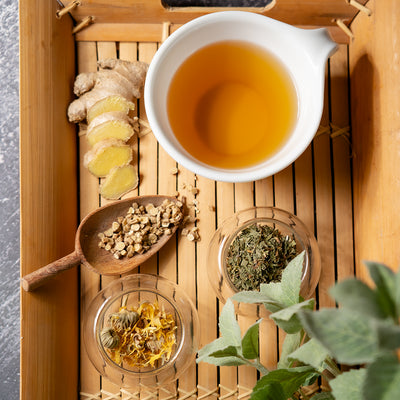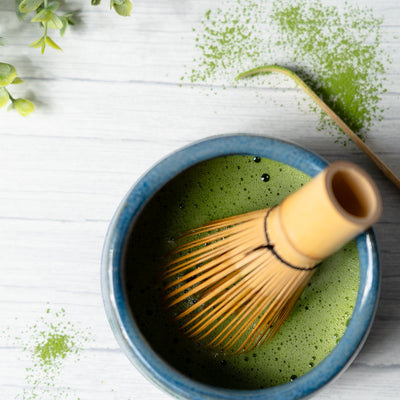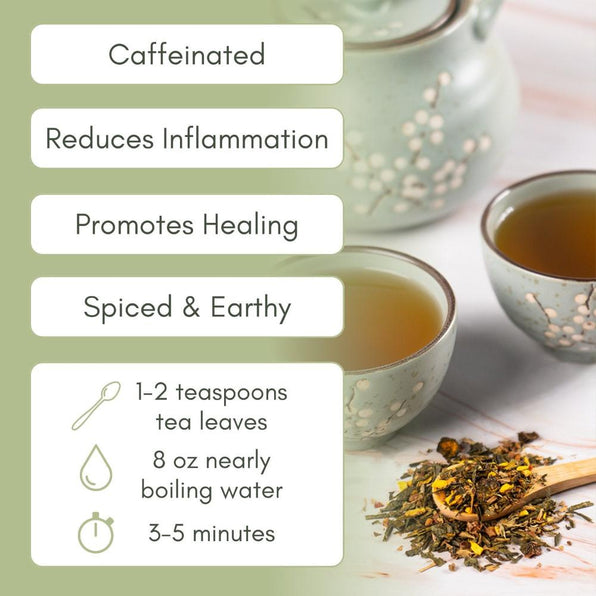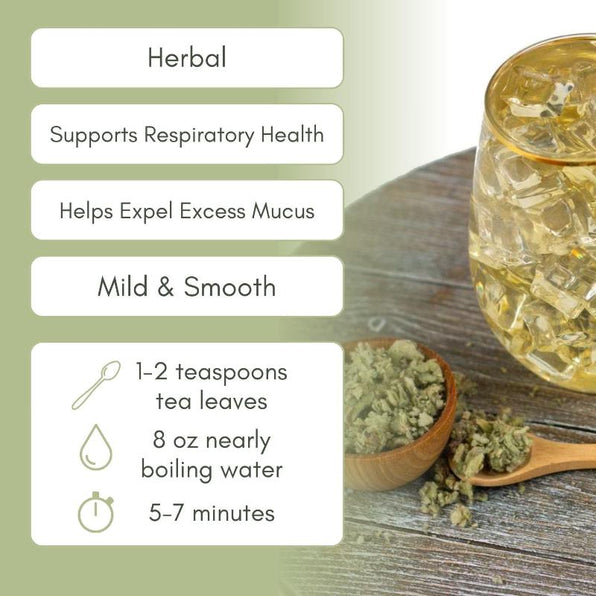What is Ginger Root?
Ginger, scientifically known as Zingiber officinale, is a flowering plant whose rhizome, commonly known as ginger root or simply ginger, is widely used as a spice and a form of traditional medicine. Originating from Southeast Asia, ginger has a long history of cultivation for its aromatic, culinary, and medicinal properties. This versatile root is characterized by its strong, spicy flavor that can transform dishes and beverages. It's used fresh, dried, powdered, or as an oil or juice, and is a common ingredient in recipes worldwide due to its distinctive taste and health-promoting qualities.
Ginger is not only celebrated for its flavor but also for its potent anti-inflammatory and antioxidant effects. Traditional and modern medicine have both recognized ginger for its ability to settle nausea, combat flu and cold symptoms, and aid digestion. These uses derive from ginger's unique chemical makeup, which includes gingerol, a compound with powerful anti-inflammatory and antioxidant properties. The root is also rich in other phytochemicals that contribute to its health benefits, making it a staple in holistic health practices.

